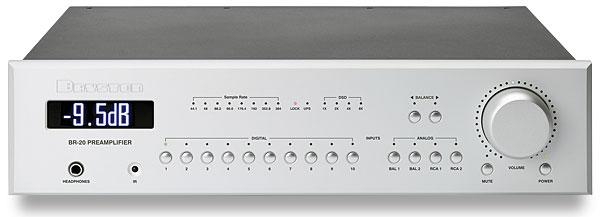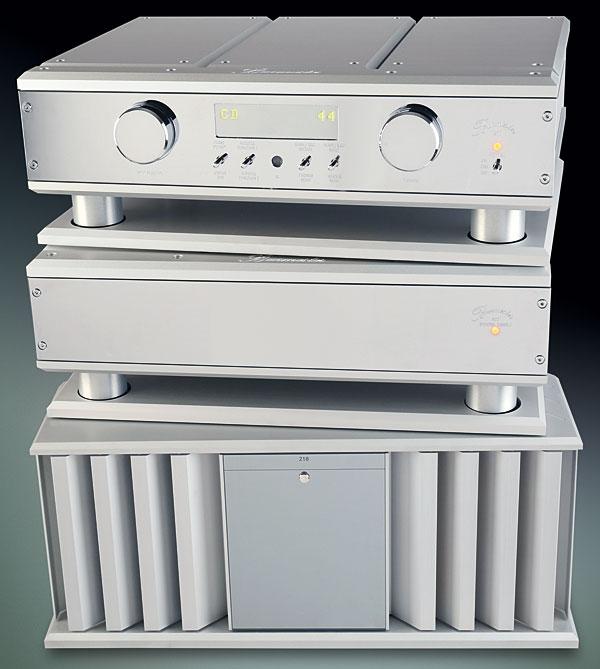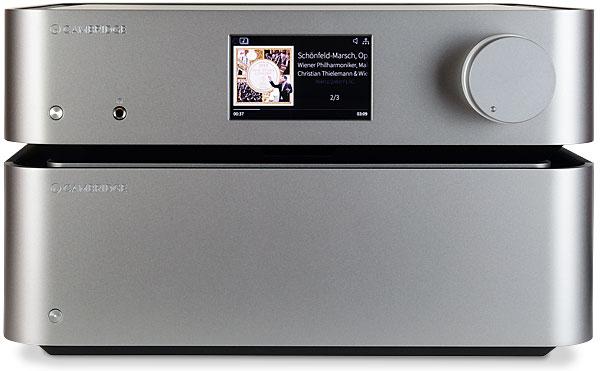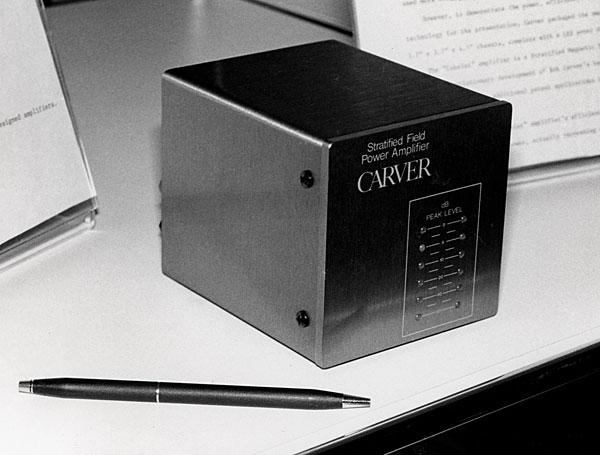Pre/Power Amplifiers
Sort By: Post DateTitle Publish Date
|
Mar 14, 2023
|
Aug 23, 2021
|
Jun 07, 2021
|
Oct 16, 2020 |
First Published: Jan 01, 1982

 Designed to match its compact DACs, Benchmark’s all-analogue headphone amplifier employs the same THX ‘Achromatic’ tech debuted in its 100W AHB2 power amp
Designed to match its compact DACs, Benchmark’s all-analogue headphone amplifier employs the same THX ‘Achromatic’ tech debuted in its 100W AHB2 power amp

 Produced under the watchful eye of Monitor Audio, Blok’s modular ‘hi-fi furniture’ combines acoustic engineering with contemporary design.
Produced under the watchful eye of Monitor Audio, Blok’s modular ‘hi-fi furniture’ combines acoustic engineering with contemporary design.
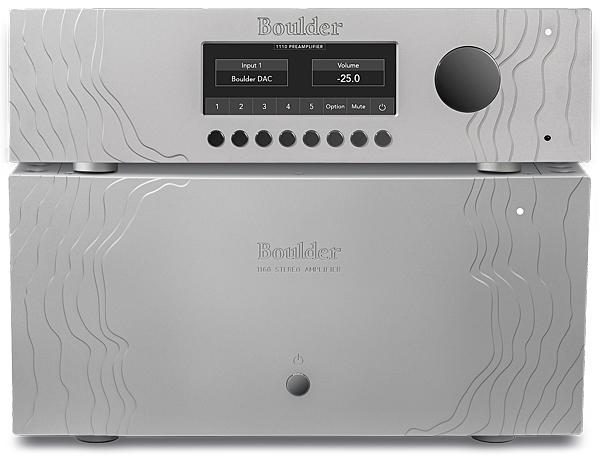

 With a rich heritage in the pro audio field, US brand Bricasti is paying closer attention to the high-end consumer market with this new, dual-mono pre/power combination
With a rich heritage in the pro audio field, US brand Bricasti is paying closer attention to the high-end consumer market with this new, dual-mono pre/power combination
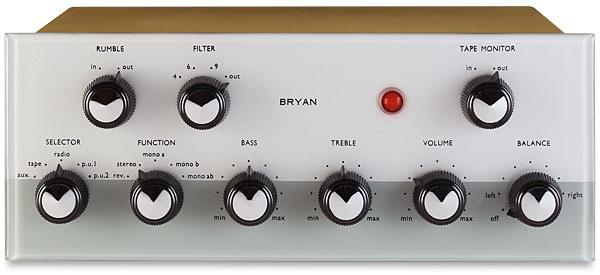
 From a UK manufacturer quick to take advantage of the arrival of high-power transistors comes a '60s pre/power amp combo as curious as it is rare. How does it sound today?
From a UK manufacturer quick to take advantage of the arrival of high-power transistors comes a '60s pre/power amp combo as curious as it is rare. How does it sound today?
